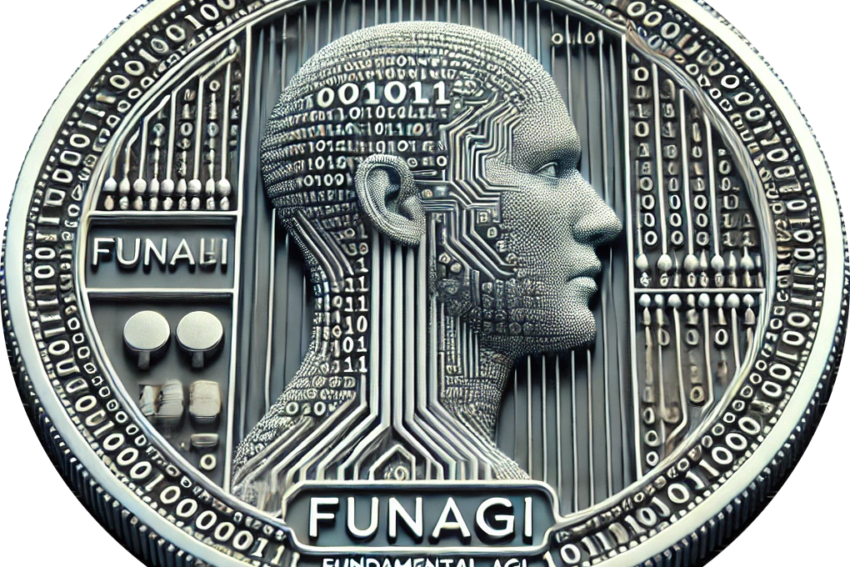The funAGI system is designed as a modular framework for developing an autonomous general intelligence. The workflow integrates several components and libraries to achieve adaptability, dynamic interaction, continuous optimization, and secure data management. Below is a detailed explanation of the funAGI workflow based on the provided files and documentation.
1. Component Initialization
- Memory Management (
memory.py): funAGI employs a robust memory management system to store and retrieve data efficiently. This module handles both short-term and long-term memory, ensuring the AGI system can access relevant information quickly and learn from past interactions. - Styling and UI (
style.css): The system uses custom CSS styles to ensure a coherent and user-friendly interface across all modules. This enhances the visual consistency and usability of the system’s frontend.
2. Core AGI Logic
- AGI Logic (
agi.py): This is the core of the funAGI system, implementing fundamental AGI principles and algorithms. The file contains the primary logic for decision-making, learning, and interaction with the environment. It integrates various machine learning models and algorithms to facilitate intelligent behavior. - Belief-Desire-Intention (BDI) Model (
bdi.py): The BDI model is a cornerstone of the decision-making process in funAGI. It enables the system to form beliefs about the world, develop desires or goals, and generate intentions that guide actions. bdi ensures that the AGI operates in a goal-oriented manner. bdi will necessarily inherit from SorcraticReasoning and logic to become an actual implementation. Once implemented, bdi becomes the reasoning force for agent generation.
3. User Interaction
- User Interfaces (
funAGI.py): funAGI utilizes NiceGUI to create interactive and intuitive user interfaces. These interfaces allow users to interact with the AGI system, provide inputs, and receive feedback in real-time. - CLI Interface (
funAGIcli.py): In addition to graphical interfaces, FunAGI includes a command-line interface (CLI) for advanced users and developers. This interface provides a text-based way to interact with and control the AGI system.
4. Reasoning and Logic
- Socratic Reasoning (
SocraticReasoning.py): This module implements Socratic questioning techniques to enhance the AGI’s reasoning capabilities. By simulating a dialogue-based approach, it helps the system refine its understanding and arrive at more accurate conclusions as decisions. - Logical Processing (
logic.py): The logic module is responsible for the underlying logical operations within FunAGI. It handles the formal reasoning processes, ensuring that the system’s decisions are logically sound and consistent.
5. API and Integration
- API Development (
api.py): funAGI uses dotenv for secure API key management. APIs enable external applications and services to interact with the AGI system, providing a means for integration with other tools and platforms.
6. Communication and Interaction
- Chatter Module (
chatter.py): This module manages the communication capabilities of FunAGI, allowing it to engage in natural language conversations.
7. Installation and Requirements
- Installation Guide (
INSTALL.md): The installation guide provides detailed instructions on how to set up the FunAGI system. It includes prerequisites, installation steps, and configuration tips to ensure a smooth setup process. - Dependencies (
requirements.txt): The requirements file lists all the necessary Python libraries and dependencies needed to run funAGI. It ensures that all required packages are installed and up-to-date.
8. Documentation and Licensing
- README (
README.md): The README file offers an overview of the funAGI project, including its purpose, key features, and usage instructions. It serves as an entry point for new users and developers to understand the system. - License (
LICENSE): The license file outlines the terms and conditions under which FunAGI can be used, modified, and distributed. It ensures legal clarity and compliance for users and developers. - INSTALL.md explains how to begin
The funAGI workflow integrates memory management, UI/UX design, core AGI logic, user interaction interfaces, reasoning capabilities, API development, and communication modules to create a robust and scalable AGI system. Each component plays a crucial role in enabling the system to learn, adapt, and interact intelligently with its environment. By following the modular framework, developers can extend and enhance funAGI’s capabilities, making it a versatile tool for autonomous general intelligence development.
Summary
Development repo is https://github.com/pythaiml/funAGI breaking changes version



